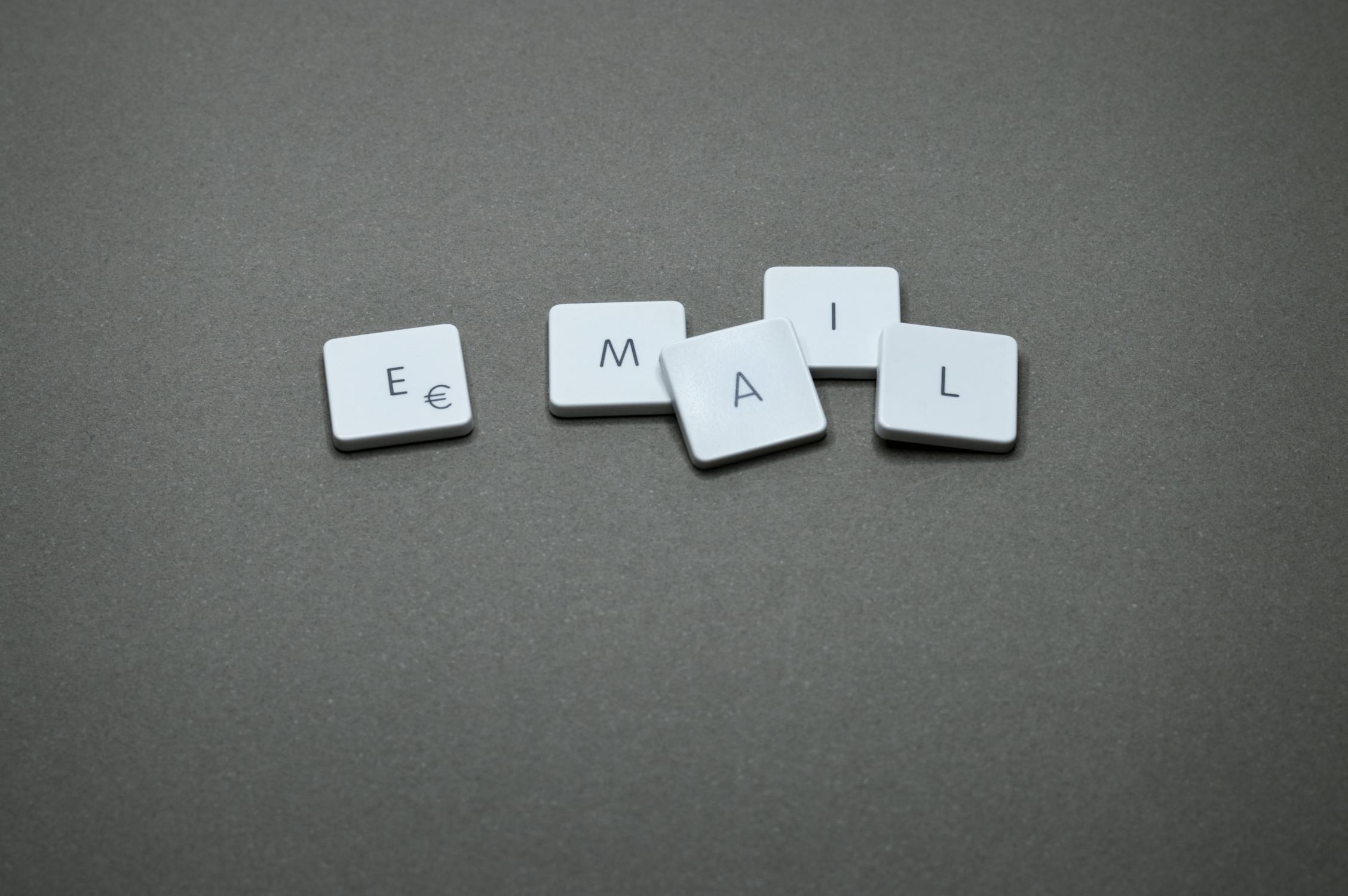Performance marketing is a digital advertising strategy where businesses pay only when a specific action—such as a click, lead, or sale—is completed. This results-driven model helps companies maximize ROI by focusing on measurable outcomes.
Table of Contents
- What is Performance Marketing?
- How Does Performance Marketing Work?
- Key Channels of Performance Marketing
- Benefits of Performance Marketing
- How to Get Started
- Final Thoughts
What is Performance Marketing?
Performance marketing is a results-focused digital marketing model where advertisers only pay for specific actions like clicks, leads, or purchases. It’s distinct from traditional models because you're paying only for outcomes—not impressions or reach.
How Does Performance Marketing Work?
Advertisers define specific goals for the campaign and only pay when those goals are met. Common pricing models include:
- CPC: Cost Per Click
- CPA: Cost Per Acquisition
- CPL: Cost Per Lead
Key Channels
- Search Engine Advertising (e.g., Google Ads)
- Social Media Ads (Facebook, Instagram, LinkedIn)
- Affiliate Marketing
- Native Advertising
- Display Advertising
Benefits
- Cost-effective: pay only for results
- Measurable and trackable
- Low risk with high scalability
- Works across multiple channels
How to Get Started
- Set clear goals
- Choose the right platforms
- Define your budget
- Track performance using analytics tools
- Continuously optimize
Final Thoughts
Performance marketing is reshaping how businesses run campaigns. It's efficient, focused on real results, and scalable for any business size. If you're not using it yet—now’s the time to start.





